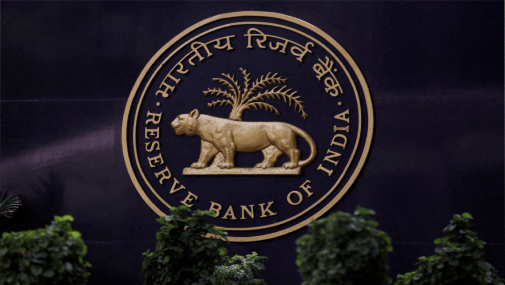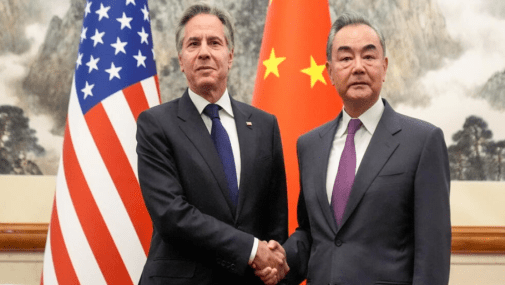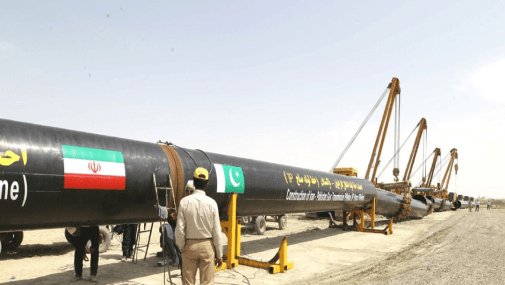What’s next for Asian economies?
May 14, 2018 | Expert Insights

The price of oil and the value of the US dollar have both significantly risen in the recent months. As the Federal Reserve continues to hike interest rates, these factors would ultimately have a negative effect on Asian economies, including India.
Background
A supply glut resulted in the dramatic drop in oil prices after 2014. In order to address this issue, OPEC nations came to an agreement in November 2016 to cap their output, until the oil glut was reduced. In May 2017, they agreed to extend that deal by nine months. In July 2017, the OPEC nations met once more to discuss plans on whether they should further cap oil output by 1.8 million bpd beyond March 2018.
In February 2018, discussions between OPEC and its oil-producing allies concluded that the supply glut was dissipating at a faster pace than previously anticipated. The price of oil rose past $60 in recent months. In April 2018, for the first time in over three and half years, the price of oil touched $75. The rise of oil prices has partly been attributed to increased fears of new US sanctions on Iran.
US interest rates
In December 2017, the US Federal Reserve raised the interest rates by 0.25% for the third time in the year. The central bank noted that this has been introduced as the US economy has made “solid gains.” In March 2018, the Federal Reserve once again announced that interest rates would once again be increased by 0.25%. The organization has revealed that similar increases can be expected as 2018 progresses.
Analysis
The price of oil has continued to rise and reached above $75 in May 2018. At one point, Brent crude futures LCOc1 were at $76.79 per barrel. This is despite the rise in production of US shale that is expected to cap oil prices.
“The (recent) surge in oil prices has been due to a number of factors including strong global economic growth, a falling dollar, an agreement between OPEC and Russia to limit production, economic collapse in Venezuela cutting their production, and bottlenecks in getting U.S. shale oil to market,” said David Kelly, chief global strategist at J.P. Morgan Asset Management.
Simultaneously, the value of the US dollar has also been steadily rising. Since February, the US dollar has appreciated by 4.7% against a trade-weighted basket of global currencies. In addition, the yield on 10-year US treasury bonds has climbed to 3% for the first time since 2013.
Given that the value of the dollar and oil are imperative to global economy, there are fears that the rise in US interest rates would also culminate in negatively affecting Asian economies. In the past many Asian companies have benefited from US interest rates being very low. They have used it to fund their investments through US dollar debt. Washington-based International Institute of Finance has projected that these factors will contribute to the drop in the capital flows to emerging markets.
The rise in oil prices is also a cause of concern for Asian economies. Many nations in the region import oil. As the price of oil increases, it will become more expensive for nations like India to import oil. It becomes even more expensive as the dollar continues to strengthen. As stated earlier, India will spend approximately $1.3 billion more every year for a one dollar per barrel increase in crude prices.
Tom Holland, an expert who has written about Asian affairs in the past has opined, “If the current parallel trends continue, countries with current account deficits or high levels of debt, much of it owed to foreign investors, will begin to look increasingly at risk. These include Indonesia and Malaysia, and to a lesser extent India and the Philippines.”
Assessment
Our assessment is that Asian countries, including India, should begin preparations to counter the cascading effects that will occur due to a strengthened dollar and the rising price of oil. If the oil prices further escalate, this would significantly affect the parity of the rupee to the dollar. What will be interesting for Asia is to look at the Petro-Yuan as an alternate form of benchmarking oil.








Comments